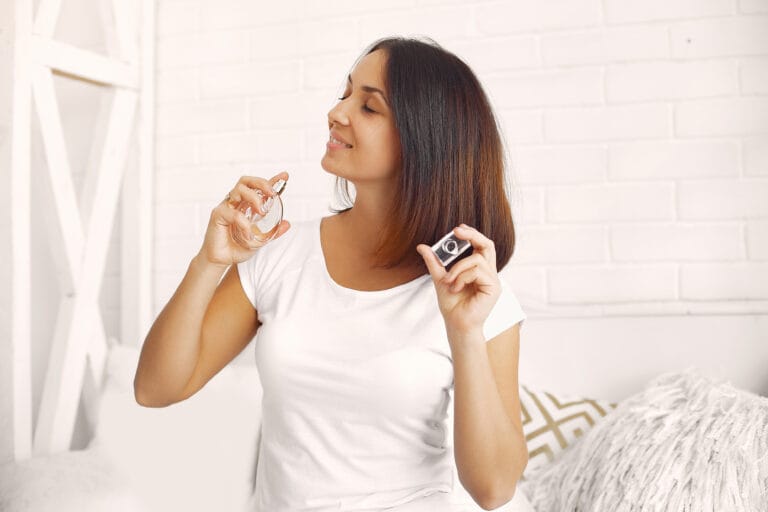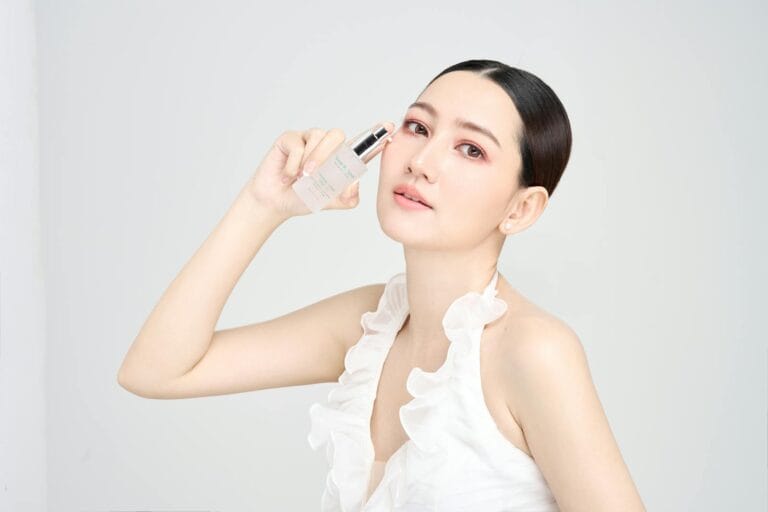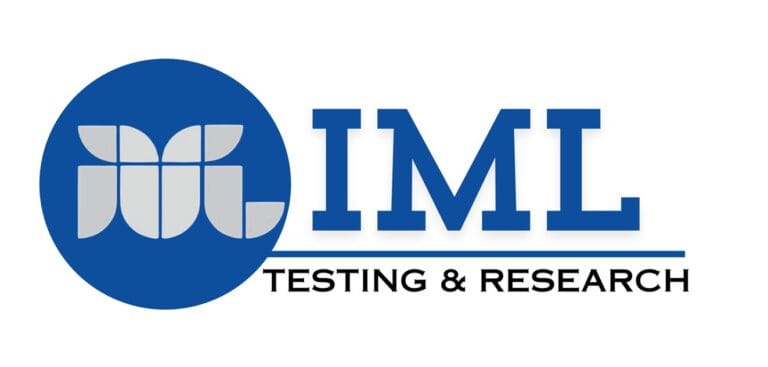
Why Does an SPF Test Determine How Effective Your Sunscreen Products Are?

Excessive sun exposure can lead to various skin problems, such as premature aging, hyperpigmentation, and even an increased risk of skin cancer. Therefore, using sunscreen is an essential step in protecting the skin from the harmful effects of UV radiation. However, not all sunscreens provide optimal protection.
To ensure their effectiveness, efficacy testing is needed to measure the Sun Protection Factor (SPF) and Protection Grade of UVA (UVA-PF). These tests help verify that the product truly provides the protection it claims on its packaging.
Types of Efficacy Testing Methods for Sunscreen Products

Source photo: Pexel
Sunscreen efficacy testing is essential to determine the level of protection provided against harmful UV radiation. This testing is measured using the Sun Protection Factor (SPF) for UVB protection and UVA-PF for UVA protection. Sunscreen efficacy testing methods for UVA and UVB protection include in vivo (on humans) and in vitro (in the laboratory) methods.
SPF Testing (UVB)
In vivo SPF testing is conducted on 10 to 15 human volunteers to measure how long UVB exposure causes redness on sunscreen-protected skin compared to unprotected skin. For example, if unprotected skin develops redness after 10 minutes, a product with SPF 30 would extend this time by 30 times, up to 300 minutes. SPF value determination is carried out by measuring and comparing the minimal erythema dose (MED) on skin treated with the cosmetic product versus unprotected skin.
This testing must comply with applicable standards, such as ISO 24444:2019, and be conducted under stable environmental conditions with room temperatures ranging between 18°C and 26°C. In vitro SPF testing uses laboratory equipment to measure how much UVA and UVB radiation is absorbed by the sunscreen. This method is increasingly used as an alternative to in vivo testing since it does not require human volunteers. One in vitro method for SPF testing involves applying sunscreen at a thickness of 1.2 mg/cm² onto a quartz glass plate covered with surgical tape.
A spectrophotometer is then used to measure how much UV radiation penetrates the sample, allowing the SPF value to be calculated. Another method utilizes a quartz glass plate with Transpore tape or the outermost layer of human skin (stratum corneum) obtained from skin samples. This approach helps assess how effectively sunscreen protects the skin from UV radiation without direct testing on humans.
Read More:
How Do Chemical and Physical Sunscreens Work to Protect the Skin from UV?
UVA-PF Testing (UVA)
The in vivo method used to assess UVA protection is the Persistent Pigment Darkening (PPD) method. This method has been accepted under the CEN and FDA 2007 standards for determining the UVA Protection Factor (UVA-PF). In this test, volunteers are selected based on specific criteria. The tested sunscreen and a reference product are then applied to the skin.
After that, the skin is exposed to UVA radiation, and the resulting permanent pigment darkening is observed. The higher the PPD value, the better the UVA protection. The UVA-PF value is then calculated using a predefined formula. The in vitro method for testing UVA-PF does not involve human subjects. Instead, the test is performed by applying a thin layer of sunscreen onto an artificial substrate (a simulated test surface).
A spectrophotometer is then used to measure the amount of UVA radiation that can still penetrate the sunscreen layer. The standard used for this method is ISO 24443:2012, which outlines the procedure for determining UVA protection based on UV transmission after the sample is exposed to a controlled dose of UV radiation from a specific UV source.
Read more:
How Sunscreen Works to Protect the Skin from Ultraviolet Rays
The effectiveness of sunscreen is not enough to be seen only from the label. Conduct SPF and UVA-PF efficacy tests at a registered laboratory to ensure that your product's protection matches its claims. Consult your sunscreen testing needs now, and make sure the product you design really works to protect your skin from UV rays.
Author: Dherika
Editor: Sabilla Reza
References:
Colipa. (2009). In Vitro Method for the Determination of the UVA Protection Factor and “Critical Wavelength” Values of Sunscreen Products. Guidelines. 1-22.
González, S., Aguilera, J., Berman, B., Calzavara-Pinton, P., Gilaberte, Y., Goh, C. L., Lim, H. W., Schalka, S., Stengel, F., Wolf, P., & Xiang, F. (2022). Expert Recommendations on the Evaluation of Sunscreen Efficacy and the Beneficial Role of Non-filtering Ingredients. Frontiers in medicine, 9, 790207. https://doi.org/10.3389/fmed.2022.790207.
Granger, C., Petkar, G., Hosenally, M., Bustos, J., Trullàs, C., Passeron, T., & Krutmann, J. (2022). Evaluation of a Sunscreen Product Compared with Reference Standards P3, P5 and P8 in Outdoor Conditions: a Randomized, Double-Blinded, Intra-individual Study in Healthy Subjects. Dermatology and therapy, 12(11), 2531–2546. https://doi.org/10.1007/s13555-022-00815-w.
Hedayat, K., Ahmad Nasrollahi, S., Firooz, A., Rastegar, H., & Dadgarnejad, M. (2020). Comparison of UVA Protection Factor Measurement Protocols. Clinical, cosmetic and investigational dermatology, 13, 351–358. https://doi.org/10.2147/CCID.S244898.
Pelizzo, M., Zattra, E., Nicolosi, P., Peserico, A., Garoli, D., & Alaibac, M. (2012). In vitro evaluation of sunscreens: an update for the clinicians. ISRN dermatology, 2012, 352135. https://doi.org/10.5402/2012/352135.



